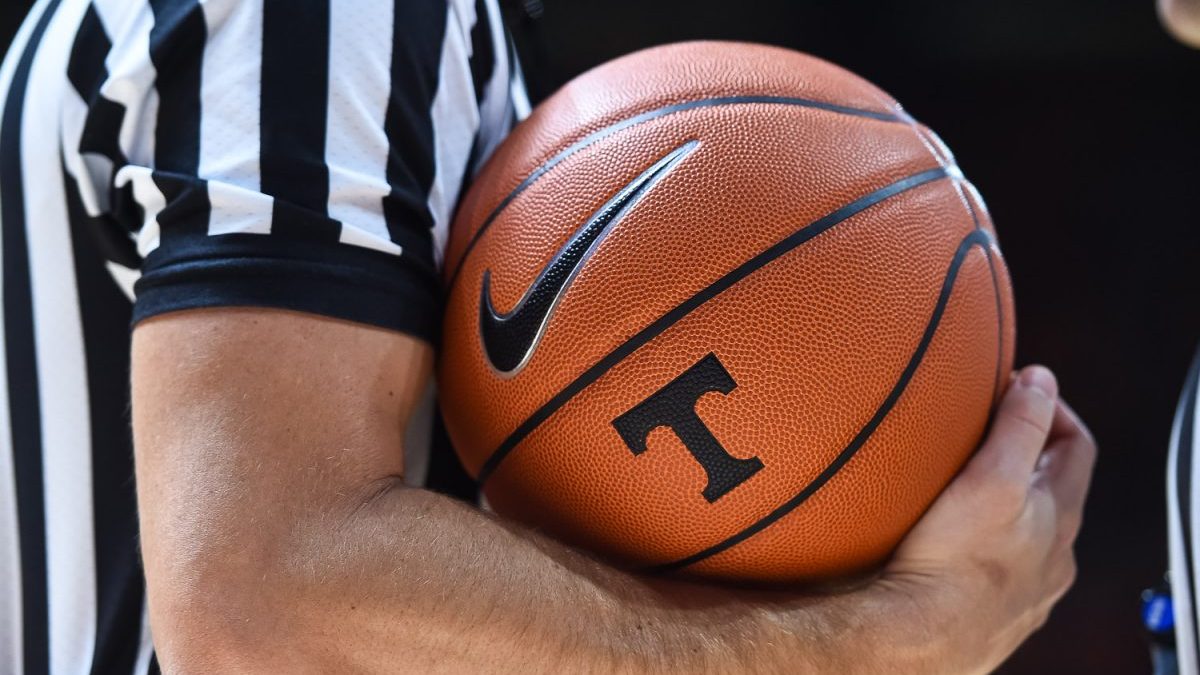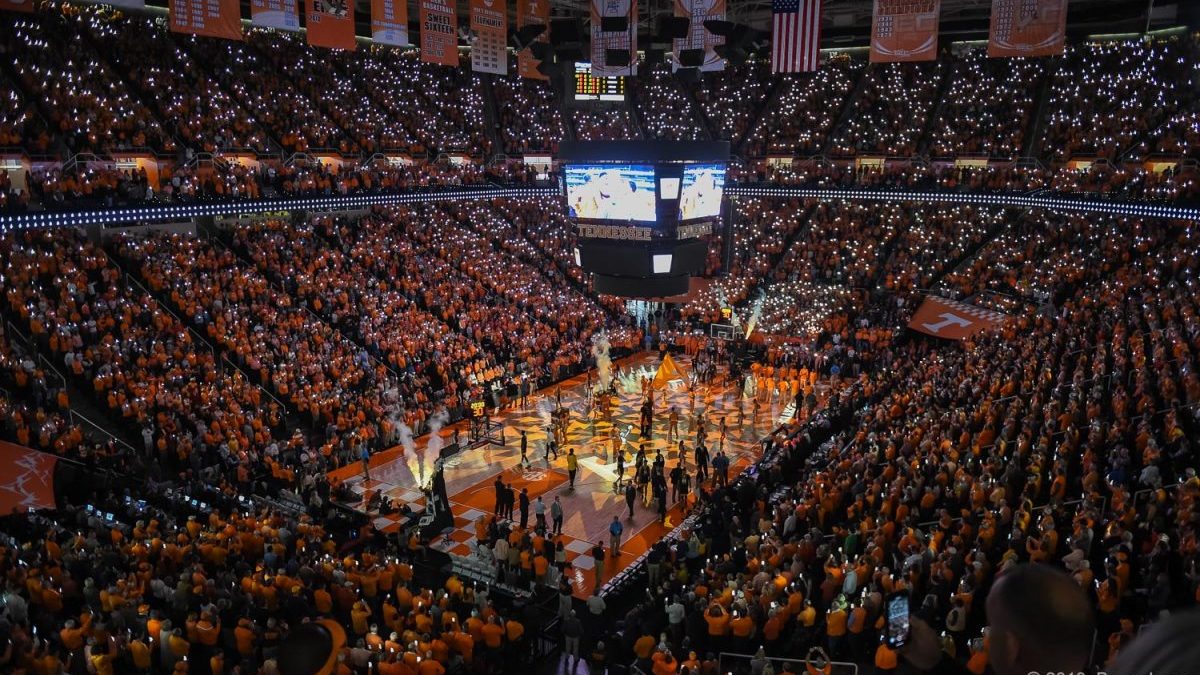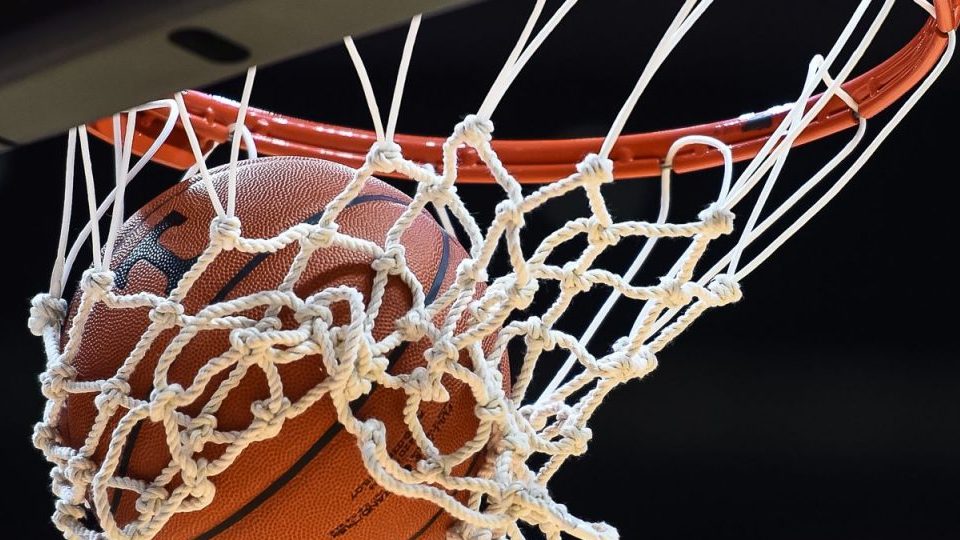I wonder what percentage of pitiful people in the United States have never heard of “filling out a bracket” for the NCAA Tournament. In a country with a population of over 325 million, some 70 million brackets were completed last year, according to ESPN. That number probably includes multiple brackets by a single person, but whatever your level of expertise at nitpicking, that’s a lot of people filling out a lot of brackets. And there’s some significant number in addition to that of people who know about filling out a bracket but have never actually done it. Poor them.
The NCAA Tournament bracket is a big deal, is what I’m trying to say. It’s such a big deal that people start talking about it long, long before the official bracket — complete with the teams and their seedings — is announced on Selection Sunday. There are numerous sites that engage in what is now known as “bracketology,” the process of guessing beforehand what the official bracket is going to look like heading into the tournament. Currently, the bracketmatrix.com tracks 91 such sites, and there are probably more out there lurking beyond even the time and resources of the good folks behind the bracket matrix.
We fans are interested because it matters. We want to know the chances of our team going to the Big Dance, and fans of teams that are a lock to get in want to know their likely seeding. Because seeding in the NCAA Tournament matters. A lot.
But how do the bracketologists do it? What goes into anticipating what the bracket is going to look like on Selection Sunday? Is there a process involved or is it all just pure guesswork?
Well, it turns out that it’s part process and part educated guess. At the bottom of this post, there’s a step-by-step guide for cooking up your own bracketology, but first, a little explanation is in order.
The general process of bracketology
At its most basic, bracketology consists of first identifying the teams likely to participate and then seeding those teams among four pre-determined regions or venues
Selecting the participants is done by allowing some teams to earn their way in by getting hot and winning their conference tournaments and allowing other teams to earn invitations by being consistently good throughout the season even if they were upset in a single game late in their conference tournament.
Seeding is presumably a quest for both fairness and drama, giving some teams advantages they’ve earned by being good but also allowing lower-ranked teams every opportunity to upset a higher-seeded team.
Who gets into the NCAA Tournament?
To begin, 32 teams earn automatic bids by winning their conference tournaments. Here’s a list of the 32 conferences that send their end-of-season tournament champions to the Big Dance. It’s who you’d expect, plus a whole bunch of conferences no casual fan will ever remember. So keep that link handy.
That leaves 36 spots for “at-large” teams, those that are invited by the NCAA Selection Committee according to some agreed-upon ranking system. The committee used to rely on the RPI, but the RPI is now RIP, and now the Committee uses the NET rankings.
This selection process ensures that the field consists of a mixture of teams: (1) those earning it over the course of a season, (2) power conference champions getting an opportunity to redeem an otherwise non-qualifying season by getting hot late and winning their conference tournament, and (3) mid-major teams that might not otherwise get in despite winning their conference tournaments just because they’re not in a power conference
All the favorites get
Seeding
Once the 68 teams are chosen, the NCAA Selection Committee then determines the seeding of the participants. The bracket is divided into four regions, with each having 16 slots for teams.
First, the committee develops an “S-curve,” which is a ranking of all of the teams participating. Then, the committee seeds according to the S-curve and certain guiding principles.
The general rule of seeding
The top four teams on the S-curve are distributed among the four regions, each getting a No. 1 seed in its respective region. The regions themselves are “seeded” as well, meaning that they are organized so that if all of the No. 1 seeds made the Final Four, the best would play the worst and No. 2 would play No. 3.
After the No. 1 seeds are placed, the next four teams on the S-curve are distributed among the four regions, each getting a No. 2 seed. The process continues until all teams are placed into regions and seeded within them.
Guiding principles that override blind S-curve seeding
The Committee doesn’t assign the teams their seeds blindly according to the S-curve. Several principles can come into play to override that process.
Geography matters. Teams higher on the S-curve will generally get the most favorable region, geographically speaking. They can’t play on their home courts, though, until the Final Four, unless they are the University of Dayton. So, geography can impact your seed.
Unfamiliarity matters. Where and when possible, the Committee will generally attempt to avoid intra-conference matchups and other rematches from the regular season or the prior season’s tournament games, especially early in the Tournament. This generally means that teams from the same conference or that have recently competed against each other shouldn’t meet the first weekend of the tournament if it can be avoided.
The First Four. Four slots are reserved for teams winning the “First Four” games, and the rankings of these play-in teams can also throw a wrench into a purely mechanical seeding generated by the S-curve. The First Four games involve the four lowest-ranked at-large teams and the four lowest-ranked automatic bid teams. The winners of the games between the automatic bid teams are generally slotted in as No. 16 seeds, but the winners of games between the at-large teams are generally slotted in as No. 11 seeds, although they could also be lower.
Don’t get crazy. The Committee will attempt to comply with all of these principles by adjusting a team’s region or seeding, but they generally don’t want to change a team’s S-curve seed by more than one in either direction.
Homebrew bracketology
So, if you ever want to do your own bracketology, here’s how:
- Select the teams
- Choose 32 teams by predicting the 32 conference tournament champions
- Choose 36 others, according to highest NET ranking
- Develop the S-curve for the 68 participants (i.e., rank them according to NET rankings)
- Seed the teams
according to the S-curve ranking, adjusting one seed up or down as needed to comply with the following principles- Give higher-rated teams on the S-curve a geographical advantage if possible
- Don’t
match up conference mates or teams that have played recently in the first round if possible - Assign automatic bid play-in winners 16-seeds
- Don’t put at-large play-in winners above the 11-seed line





When you are done creating the bracket, then you can bet a random combination of team colors, mascots and “I don’t like the look on that coach’s face cause he’s mean to his players” while whipping my behind in every bracketology pick ’em pool on the planet. (Yes, dear)
Yep, one lady won our bracket due solely to the uniform colors of the teams. We spent hours pouring over head to head competition, who has senior guards, 3 pt percentages, defensive rankings, etc…and uniform colors won the whole thing. We then got to buy her Fogo de Chao for our trouble. (Our thing was Fogo de Challenge…winner got Fogo on the other losers).
My wife won our pool in 2016 because she thought Villanova was fun to say